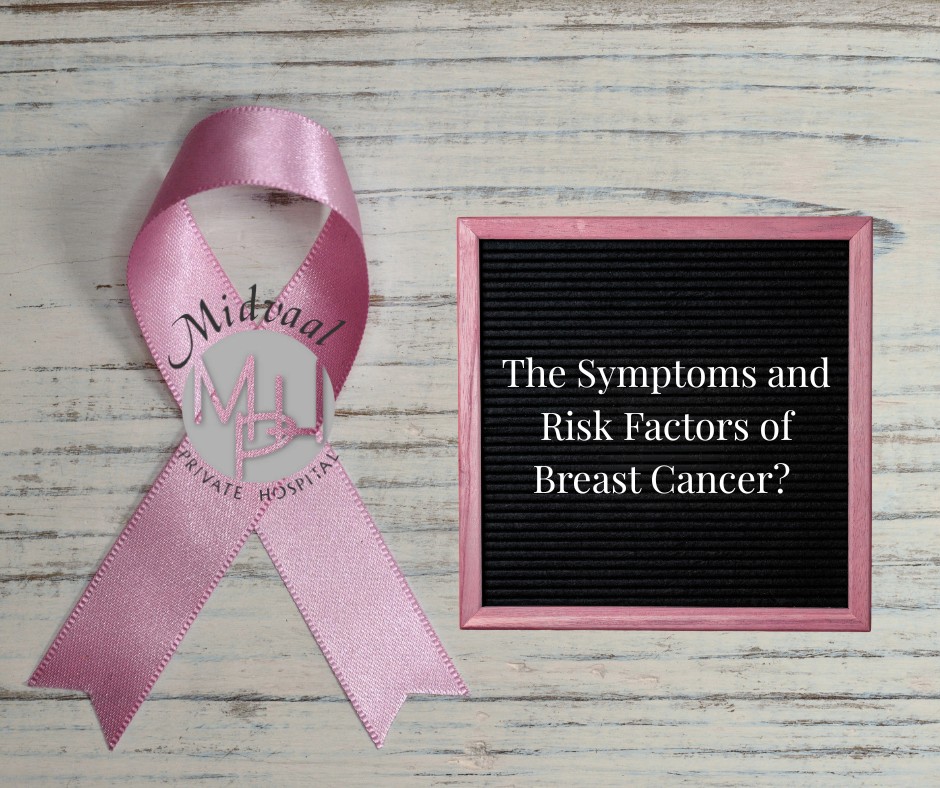Why this matters
Breast cancer is common, but outcomes improve dramatically with early detection and prompt care. If you notice any of the warning signs below—especially in combination—get medical advice as soon as possible. CDC+1
Symptoms to watch for
Lumps or thickening
A new, usually painless lump in the breast or underarm; any new thickening that feels different from surrounding tissue.
Skin changes
Irritation, redness, swelling, dimpling or “peau d’orange” (orange-peel texture) on the breast skin.
Nipple changes
Pulling in/inversion (especially sudden and one-sided), itching, scaling or a rash on the nipple; discharge that isn’t breast milk (including bloody).
Size or shape differences
Any recent, unusual increase in the size of one breast or a visible change in breast shape or level.
Pain or discomfort
Persistent, unexplained breast pain (note: pain alone is not the most common sign but should be checked).
If several of these occur together—like a lump plus skin changes or nipple inversion—seek medical assessment urgently. This can signal aggressive forms such as inflammatory breast cancer.
Risk factors to know
Genetics & family history
About 5–10% of cases are linked to inherited mutations (e.g., BRCA1/2) and strong family history.
Age & hormone exposure
Risk increases with age; reproductive history and menopausal hormone therapy (HRT) can influence risk—discuss HRT risks/benefits with your doctor.
Lifestyle
Higher body weight, low physical activity, smoking, and alcohol use raise risk; the safest choice for prevention is not to drink, or drink less and less often.
Prior chest radiation or certain benign breast conditions
These can elevate lifetime risk and warrant tailored screening discussions.
Screening in South Africa: quick guide
- Many SA authorities encourage annual mammograms from age 40–54 and every two years from 55+, with clinical breast exams and ultrasound as advised. Your doctor may start earlier based on risk.
When to see a doctor—today
-
A new lump or thickening
-
Rapid skin changes (redness, warmth, swelling, peau d’orange)
-
Sudden, one-sided nipple inversion or new discharge
-
Any persistent, unexplained change from your normal
Book with your GP, gynae or breast clinic; if you’re unsure, Midvaal can guide your next steps.
How Midvaal can help
-
Risk assessment and guidance on screening intervals
-
Referrals for mammography/ultrasound and specialist care
-
Supportive, confidential consultations during Breast Cancer Awareness Month and beyond





